Have you ever noticed that your hair gets significantly lighter at the tips after the summer is gone? It often looks like you have just left a salon with perfect highlights!
And if some people might admire such natural highlights, others will probably start wondering why it happens. Especially if your hair is dyed and those discolored tresses ruin all the effects of the dye.
Why is my hair getting lighter naturally?
Why are the tips of my hair lighter than the roots? These are the most commonly asked questions that we are going to answer today. From this article, you are going to find out why your mane fades at the tips and what can be done to avoid that.
Why Are the Ends Of My Hair Lighter Than The Rest Of It?
Usually, our hair is getting lighter naturally during the summer and there is a simple explanation for this. See, during the warm season, our manes are almost constantly exposed to the sun whenever we go outdoors.
However, the sun doesn’t only have a beneficial impact on us. On the one hand, it can give us a lovely brown tan but on the other hand, the same sun can fade our tresses, making them almost white!
Why is hair getting lighter at the tips? There is a couple of possibilities.
- It could be that the ends have been exposed to the most sunlight, which might lead to some natural lightening occurring
- The ends might also be the most damaged, so they may be split or broken off which can make them look lighter
This becomes especially noticeable in those who have dark natural or dyed hair. And if natural dark manes can restore their color after a while without your help, it will require some time and money to bring the color back if the chevelure is dyed.
Why does it happen at all, you may wonder?
See, the sun bleaches out the melanin, which is the pigment that gives your hair color. As a result, it is causing your hair to look lighter.
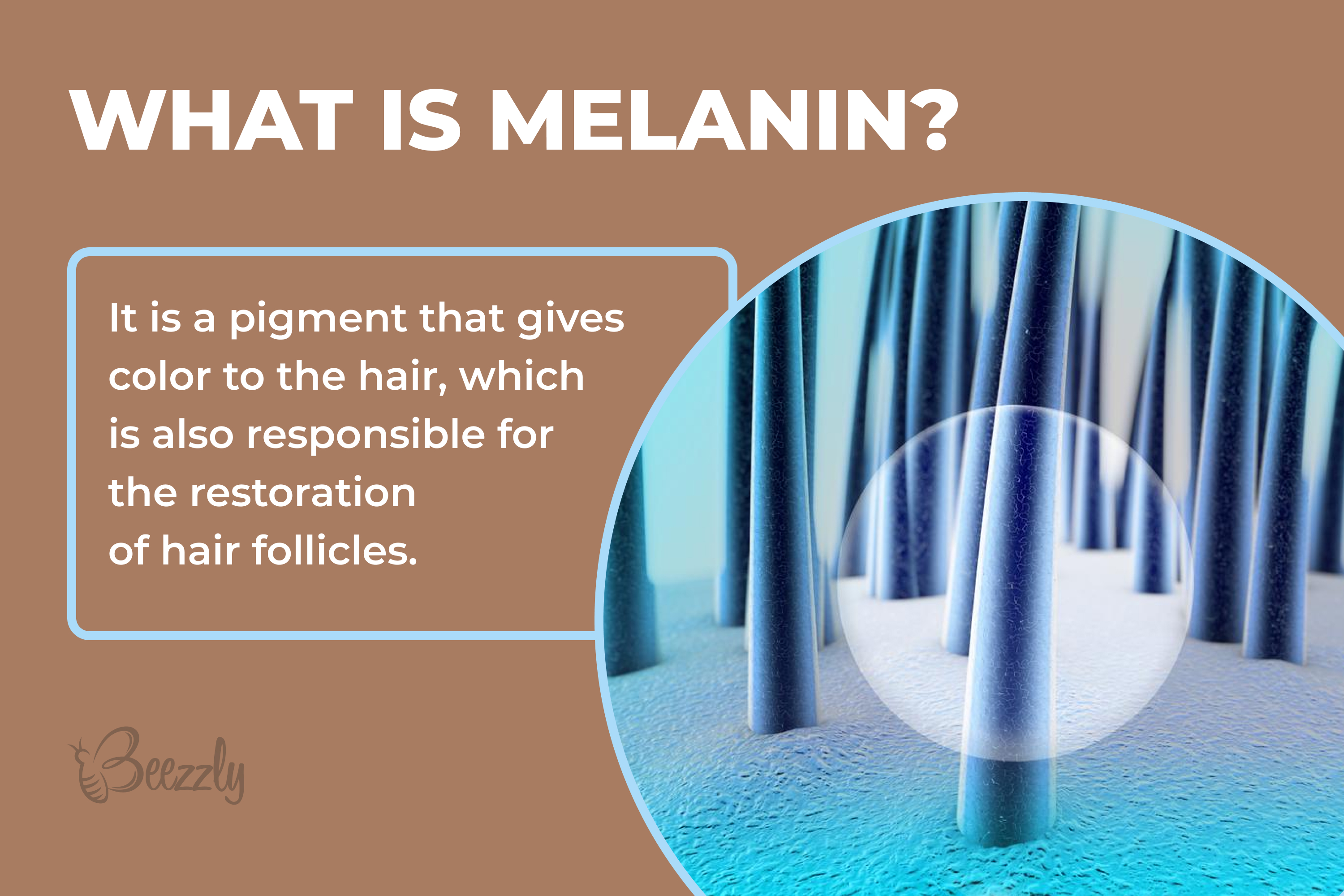
Because you spend more time outdoors during the summer and the sun is out more frequently during this season, it is the period of time where your hair is most susceptible to lightening. But the sun isn’t the only culprit!
There are two more “enemies” that can lead to discolored tresses. They are:
- chlorinated water in pools
- salted water
Chlorine, as well as salt water, are also responsible for giving your hair a much lighter shade. Both salt and the chemical (chlorine) affect the keratin in your hair, making your natural color lighter.
So what can you do if you want to avoid all this? Below you can check out few handy tips to protect your chevelure from the sun and the ocean or pool water.
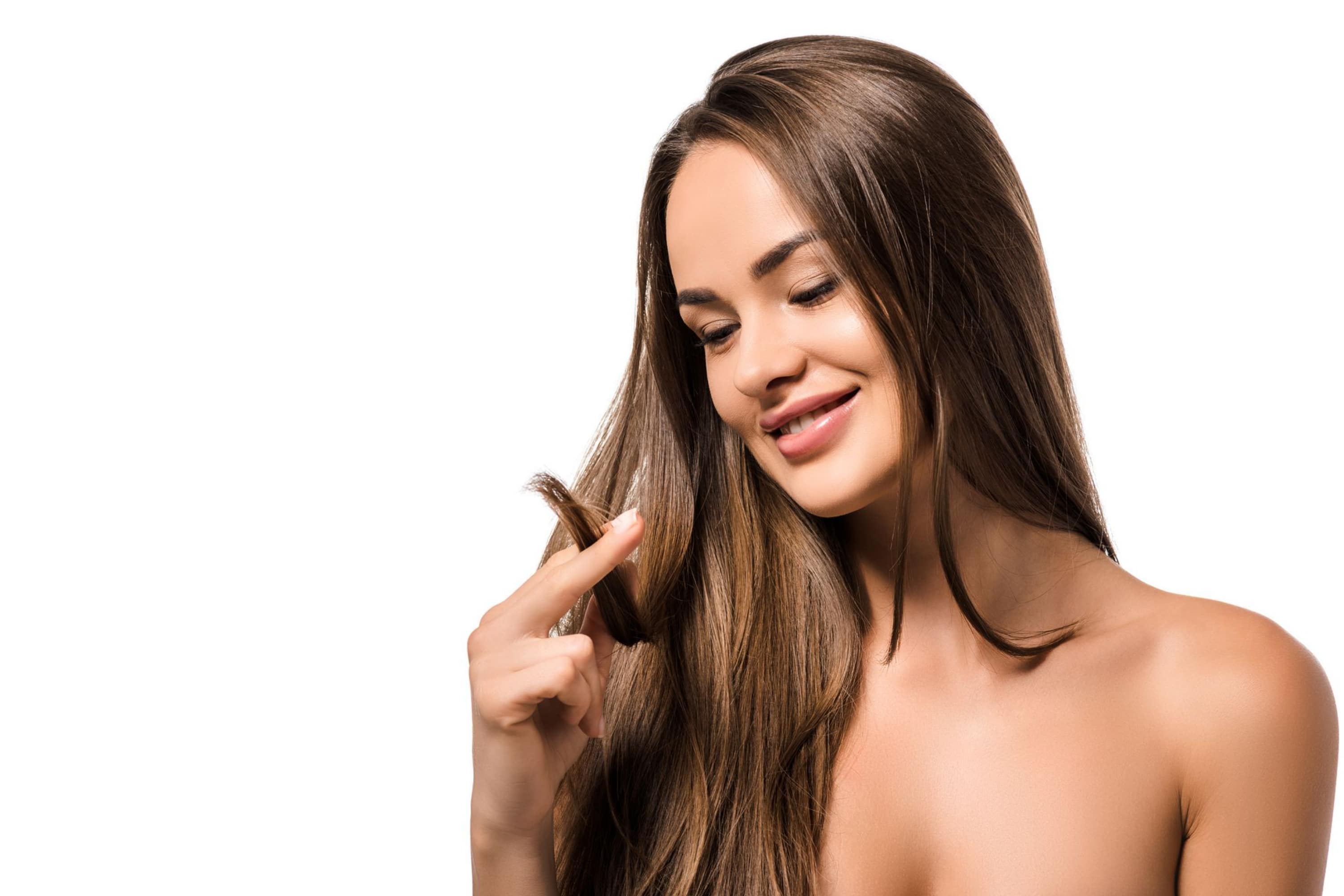
What Can I Do to Protect My Hair From Being Discolored?
It doesn’t matter whether your hair is dyed or not, either way, you want to preserve its color for as long as possible during the summer, especially if you are an enthusiast swimmer and you can’t imagine summer vacation or holidays without spending every weekend at the beach!
It refers to those who visit swimming pools regularly as well.
But since both sun and salt water of the sea or ocean, as well as chlorinated pool water, can lead to your strands’ discoloration, you should be aware of how to protect your mane from such a scenario.
Wear a Hat When You Are Outdoors
Nowadays, wearing a hat in summer can hardly be called something common. People usually do this while spending time at the beach.
However, wearing a hat can significantly reduce the damage that the sun causes to your mane! So before your next summer vacation, we suggest you choose a nice summer hat.
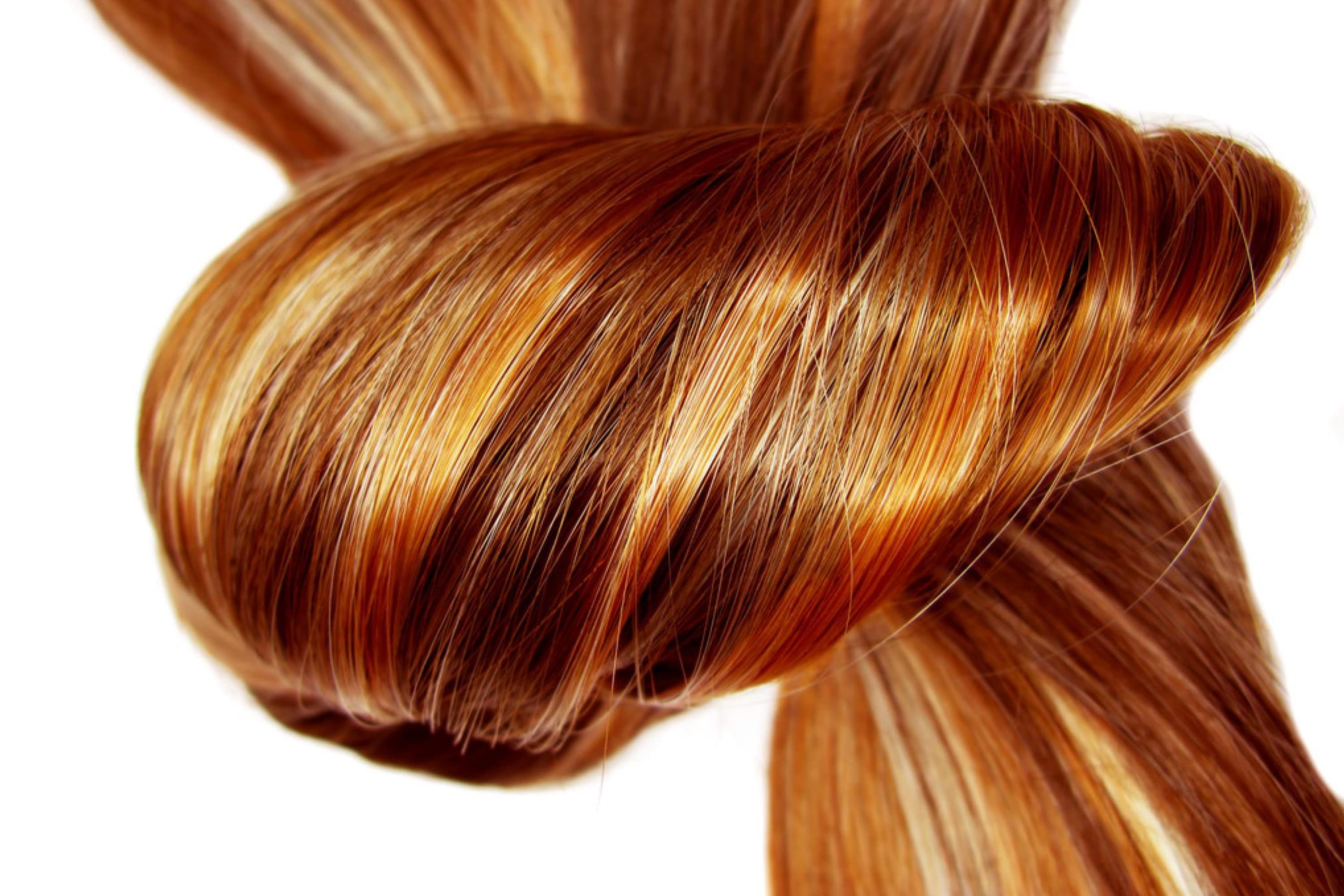
Spray Your Mane With UV Protection
Since we protect our bodies with various sunscreen products, why won’t we do the same to our hair? It needs protection from the UV rays as much as our skin does!
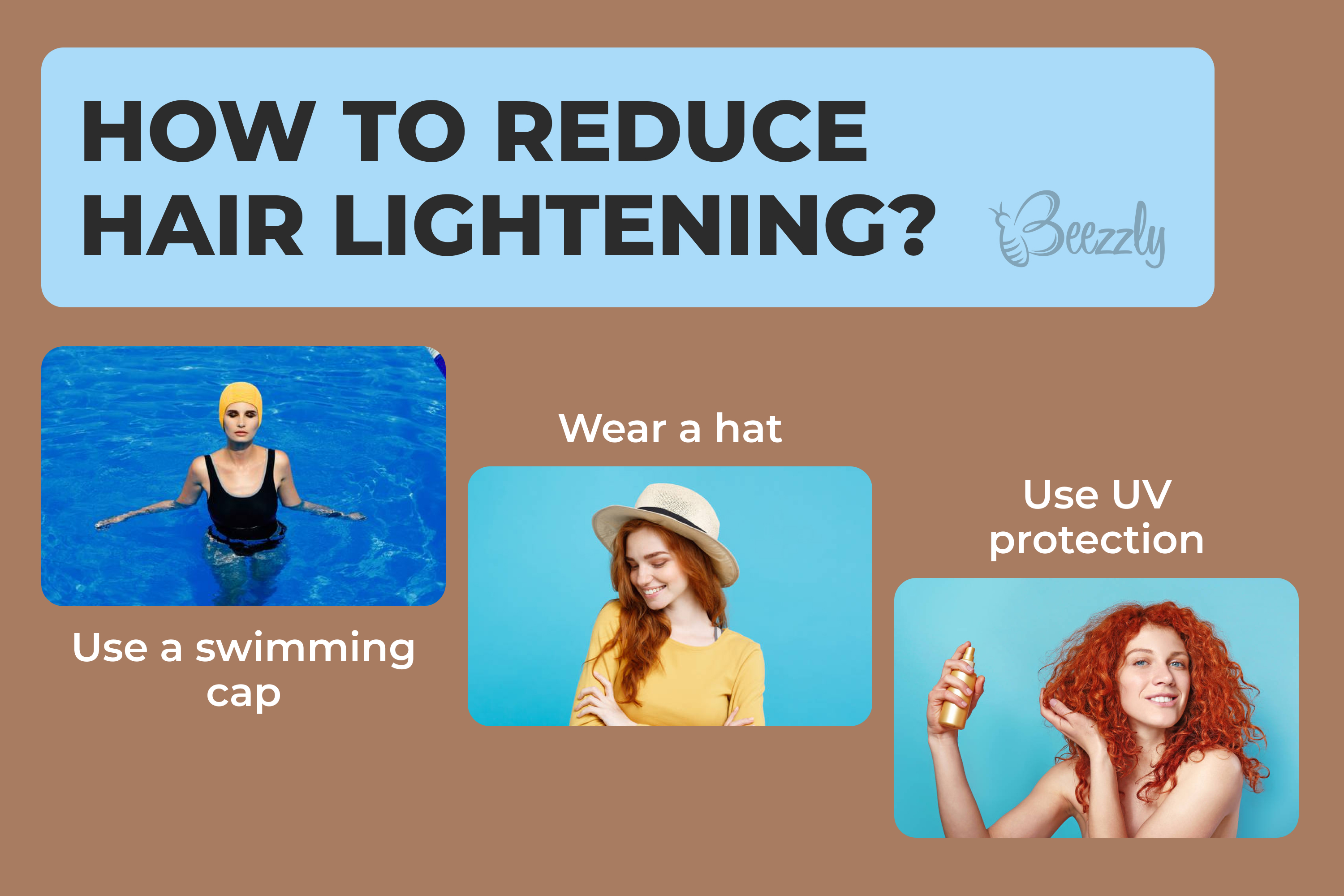
So for the summer, a UV protectant hair spray must become your constant companion whenever you leave your home, both at the beach and in the city.
Use a Swimming Cap
If you visit a swimming pool regularly, protect your hair from chlorine in the water with the help of a swimming cap. But also, you might want to consider this sort of hair protection for your swimming in the sea or ocean as well!
Of course, enjoying the seaside in a swimming cap might look unusual, but on the other hand, your locks will be secured and protected from salt in the water!
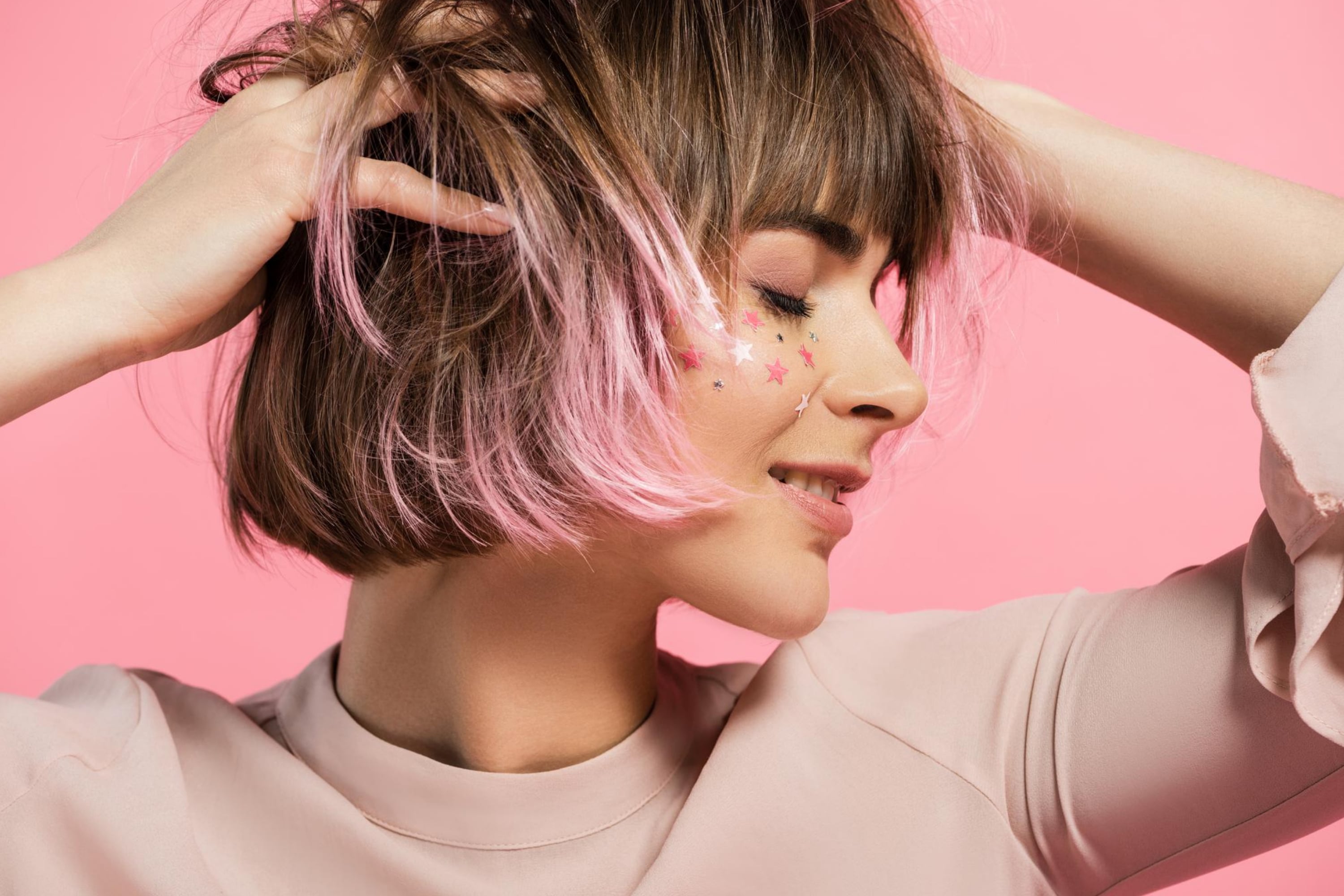
Rinse Your Hair Right After Swimming
After you finish your training in a pool, remember to rinse your hair thoroughly at once. Luckily, swimming pools typically offer showers to their visitors!
And even if you are having a vacation at the seaside, remember to wash your hair after you come back from the beach. You might not even use your shampoo, just rinse the mane with water to wash all the salt off.
Consider Getting Darker In the Summer!
This method is somewhat less simple in comparison to those described above since it might require a bit more time.
Also, you will have to spend some money since you will have to buy a hair dye (if you want to dye your mane yourself) or pay for the salon master to dye it for you.
However, getting a shade or two darker than your natural color might save your hair from turning striped after the summer is gone!
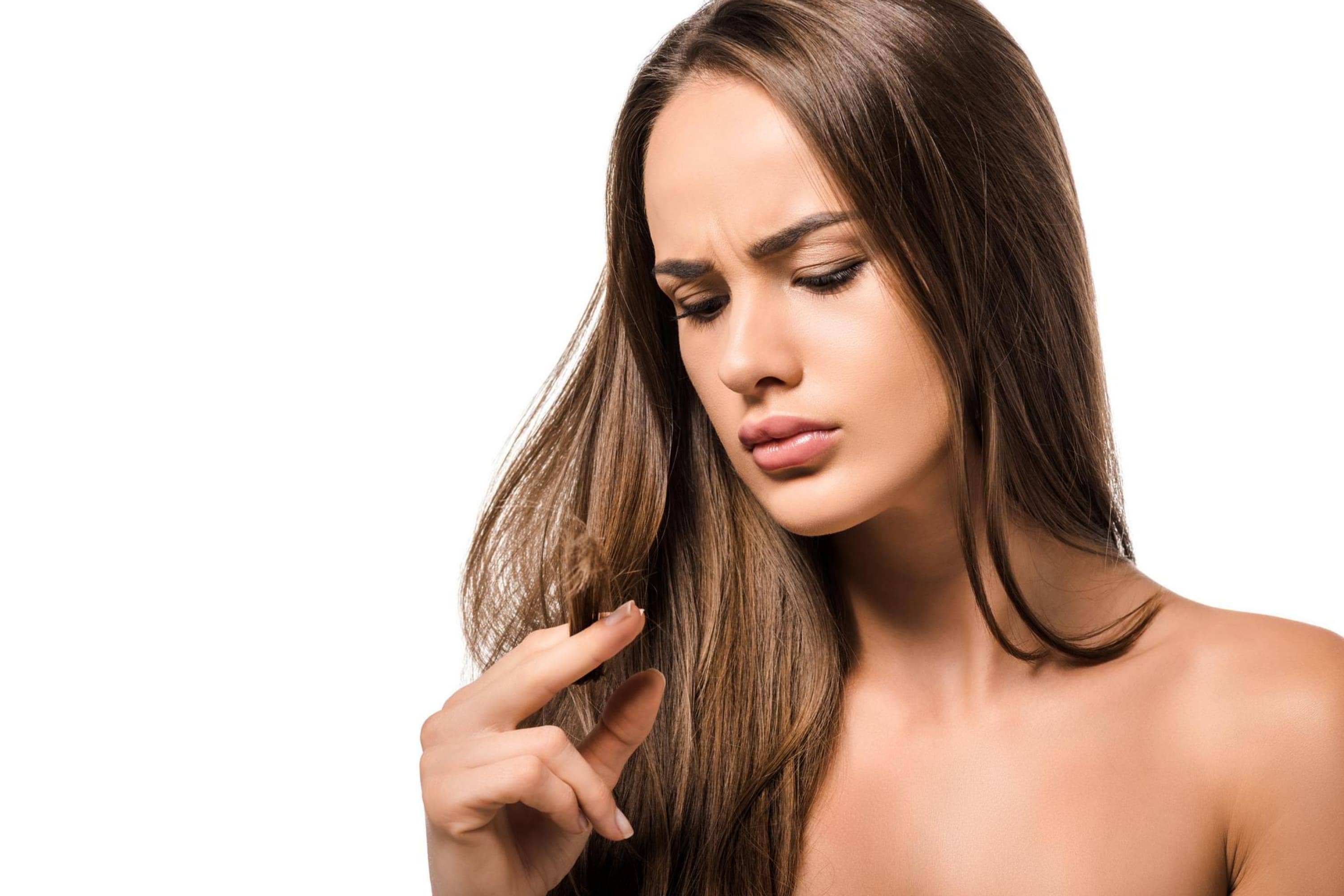
Try to Take Fewer Showers
Don’t worry, it doesn’t mean that you will turn into a dirty scruff! However, you should still take this recommendation into consideration. See, when it comes to color fading or color bleeding on your hair, water is the major suspect.
Of course, you may not stay off the shower all the time (since you need to wash!), but at least try to avoid washing your hair each time you take a bath. Regular washing causes the color to fade, especially if your hair is dyed.
Alternatively, if there is no way you escape frequent showers, you can try adding shower filters with a special design that will reduce the mineral content in the water. Reducing these mineral contents in your bathing water can be of great help.
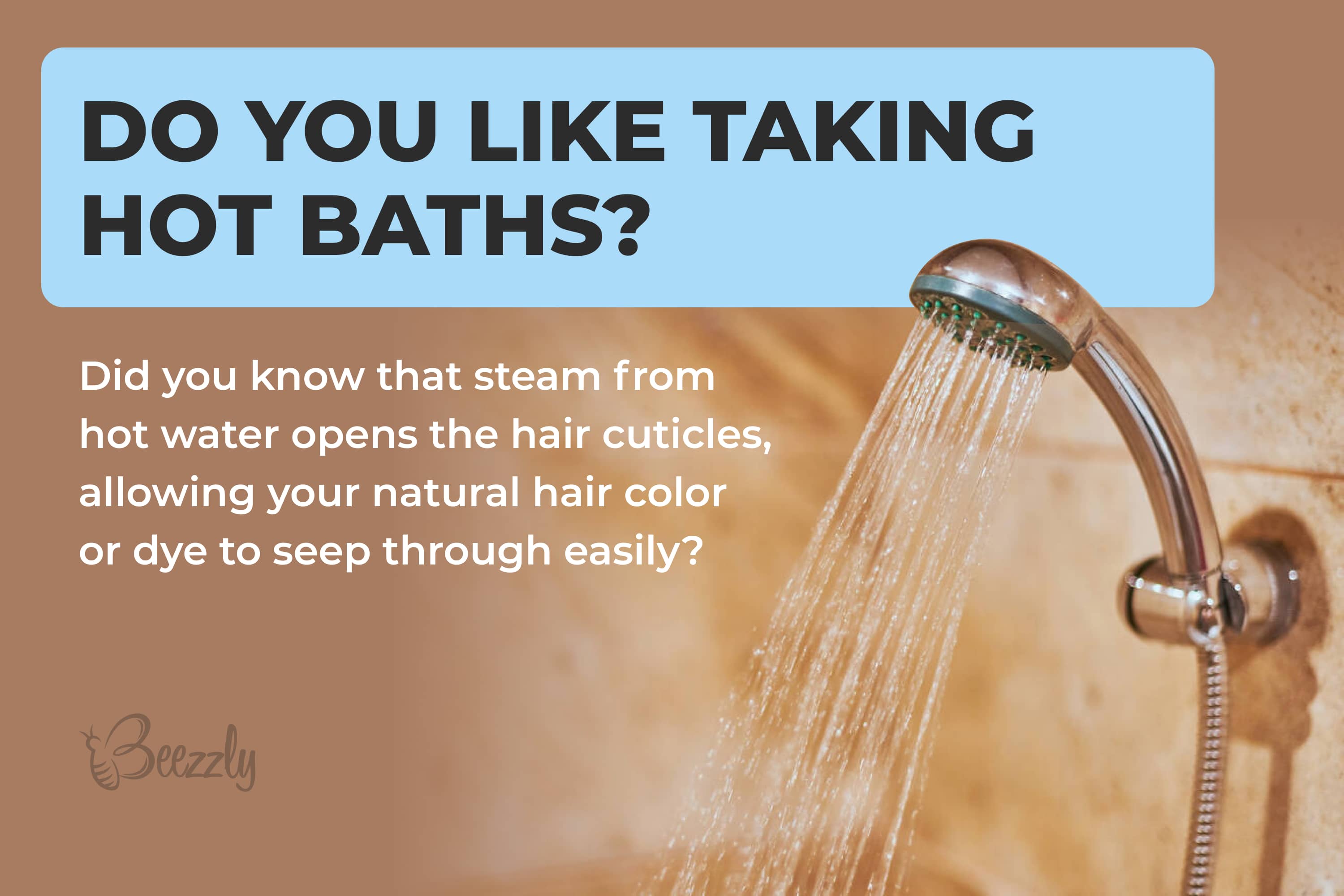
Mind the Water Temperature When Washing Your Hair
Warm water is the best friend of your hair, whilst hot water is the real enemy! Using hot water on your hair will only make the color fading happen faster. Steam and heat from the hot water open up the hair’s cuticles, allowing your natural hair color or dye to seep out easily.
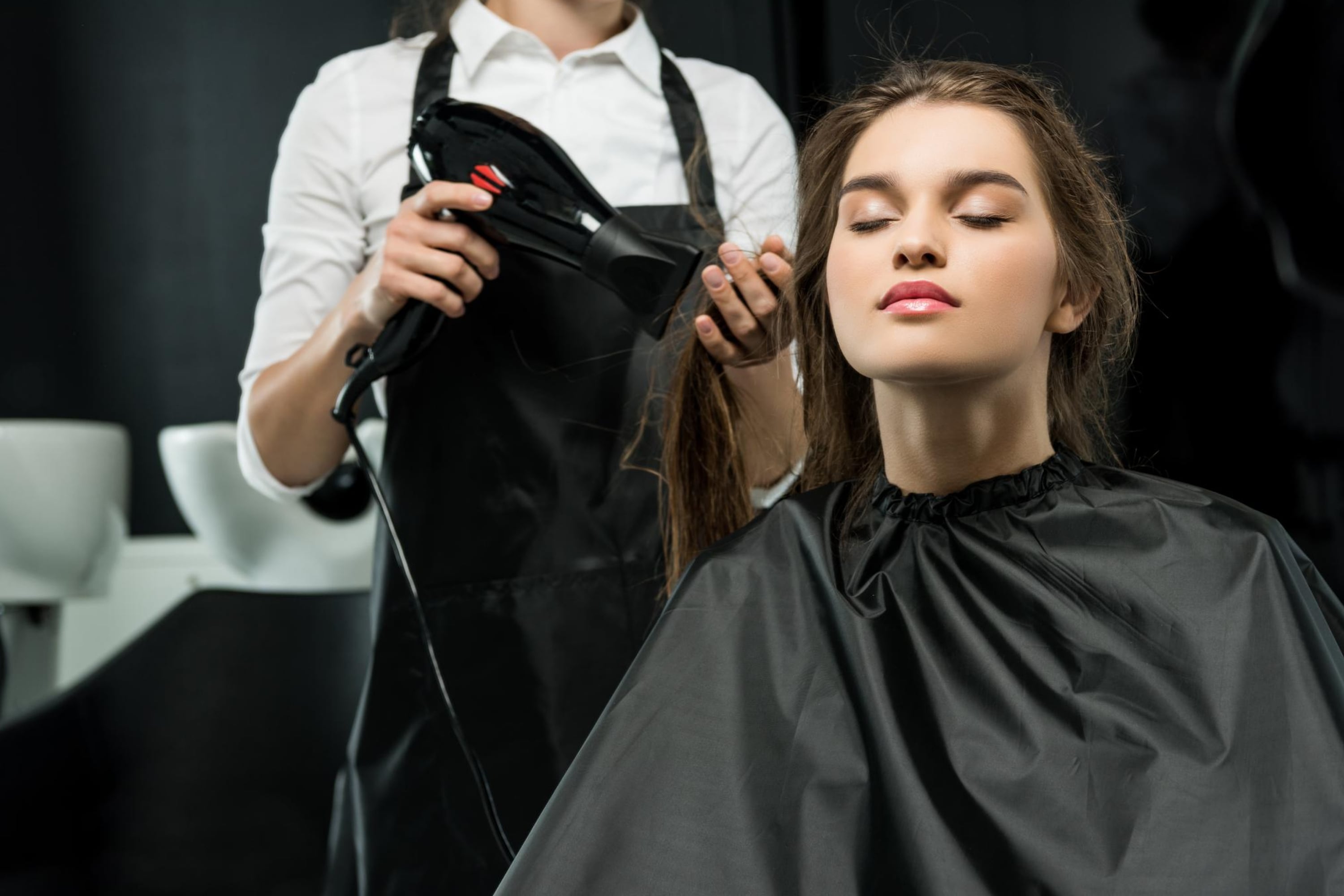
Over Shampooing Is Not Good!
If your hair is dyed, be careful about the type of shampoo you are using! We recommend you shampoo less and use a color-safe shampoo instead of the regular one for your hair.
Also, wash your hair with the shampoo less often because you tend to scrub away the color each time you apply shampoo to your mane. If you notice that your hair is getting too dirty, you can use dry shampoo as well.
It will help keep your hair clean while keeping it away from water.
Reduce the Heat
To preserve the color of your locks, it is best if you stop using your hair drier and the flat iron. If it is not possible, then at least try to reduce their use.
These tools burn your hair, causing it to lose color. When there is excess heat, your hair dehydrates, making it look worn out. To avoid damaging your hair with heat, you can use a heat protectant.
Now you know what factors may cause your hair to fade at the ends during the summer and what you could do in order to avoid this. Also, since you are now aware of why exactly your hair can get discolored during the summer months, it will be easier for you to keep it properly protected to preserve the color.
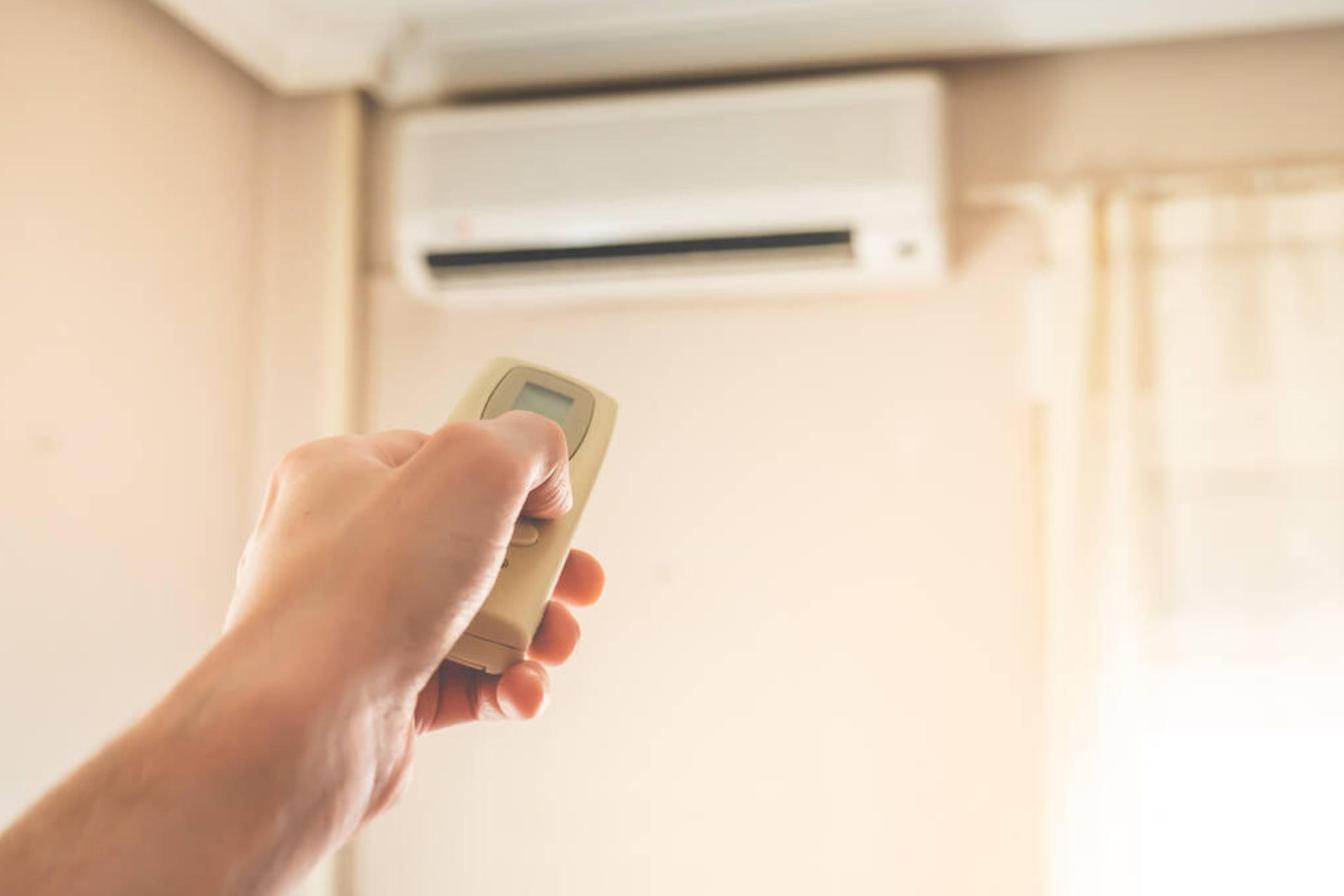
Why Is the Bottom Of My Hair Lighter Than the top?
This is another, opposite problem that people often face during the summer. It’s when the underneath of your mane is getting much lighter becoming almost discolored by the end of the warm season!
You may wonder why it happens and the most frequent reason is that you often wear your hair tied up in a bun. Such a hairstyle makes the underneath part of the sides of your mane exposed to the sun, which results in faded tresses. S
o if you don’t want that, avoid such hairstyles or wear a cap or a hat.
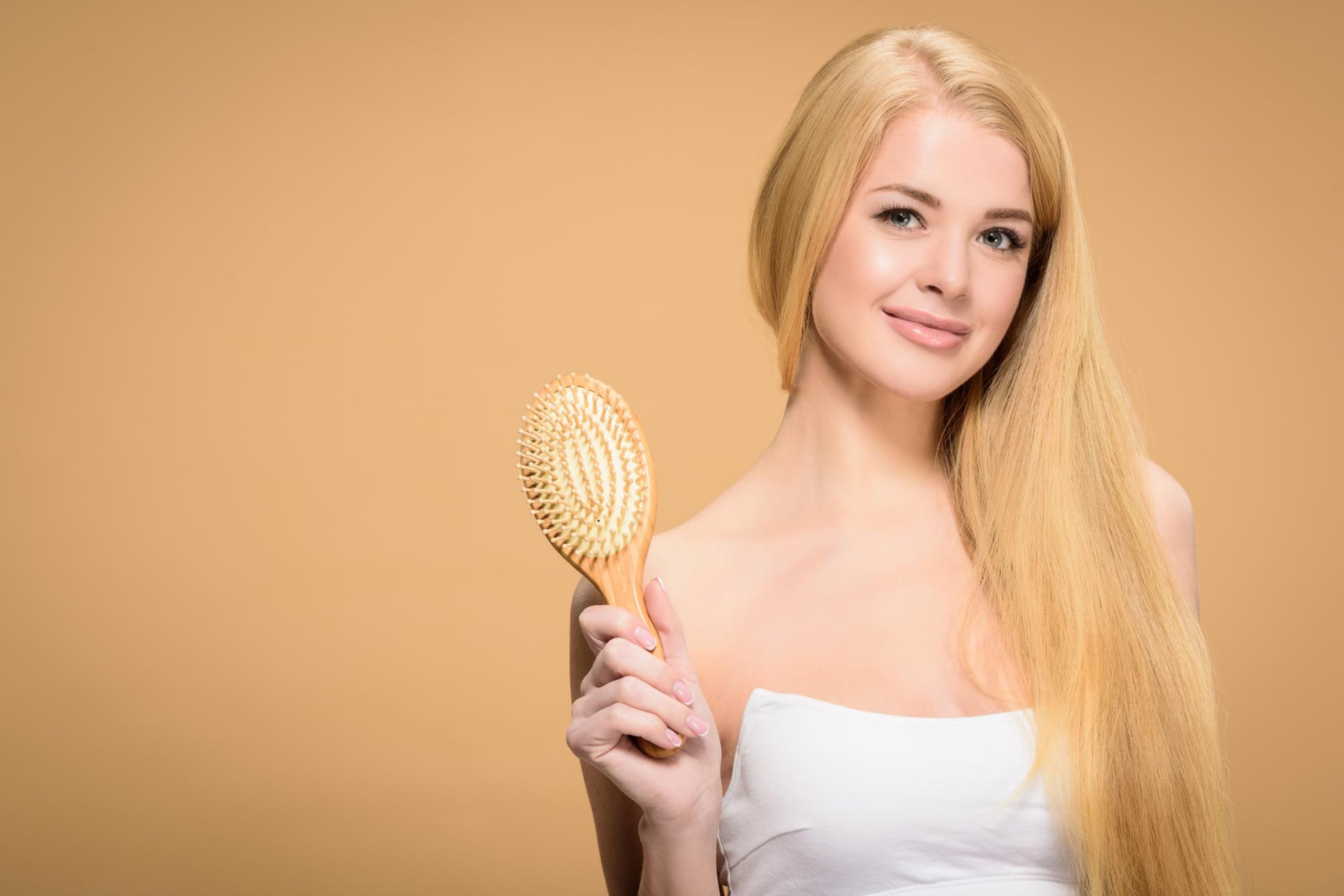
Is Dyeing the Only Way to Get the Ends Of My Hair the Same Color As the Roots?
Most of us would assume that dyeing our hair is the only option to get the ends and roots to be the same color. However, the simplest way is to cut the hair and let it grow afresh! If that sounds too extreme to you, you can wear a hat. But what if you can’t wear a hat all the time?
You can opt for an alternative solution and tint your hair to a shade closer to your natural color.
However, you should note that this process is not simple! You will need to apply a filler first in order to replace the missing pigment.
Once the tint is put, you can allow your hair to grow while you keep up with the treatment.
Also, consider that this procedure doesn’t give you immediate results! It may take a few months before you finally get the natural look again. The amount of time required depends on how fast your hair grows and the length of your hair.
Alright, now you know why your hair may become partially discolored during the summer months. And since you are now aware of what factors may lead to this, it will be easier for you to avoid this scenario
. Luckily, we have shared a few useful and simple recommendations with you on this subject.
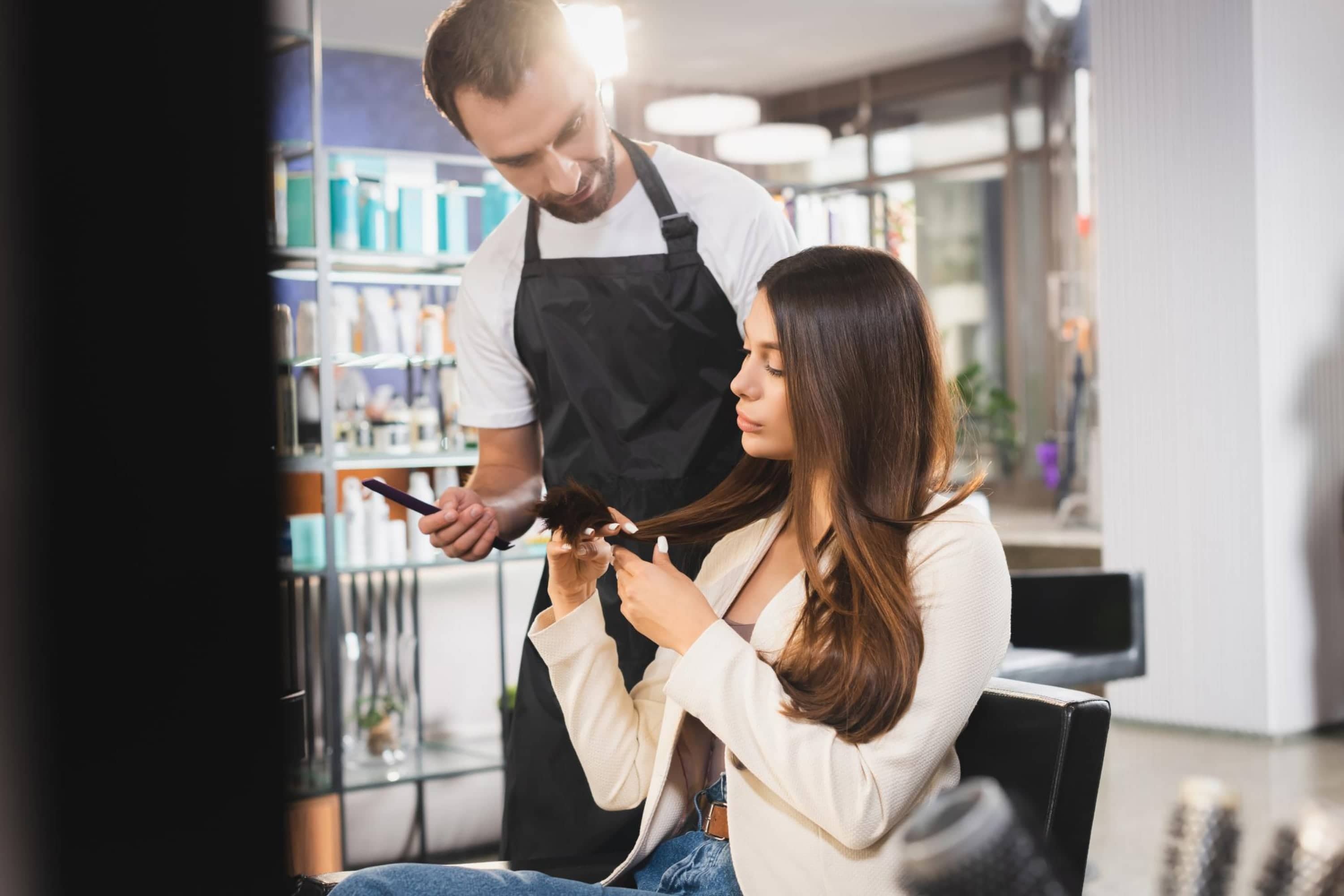
[wp-faq-schema title=”Frequently Asked Questions”]
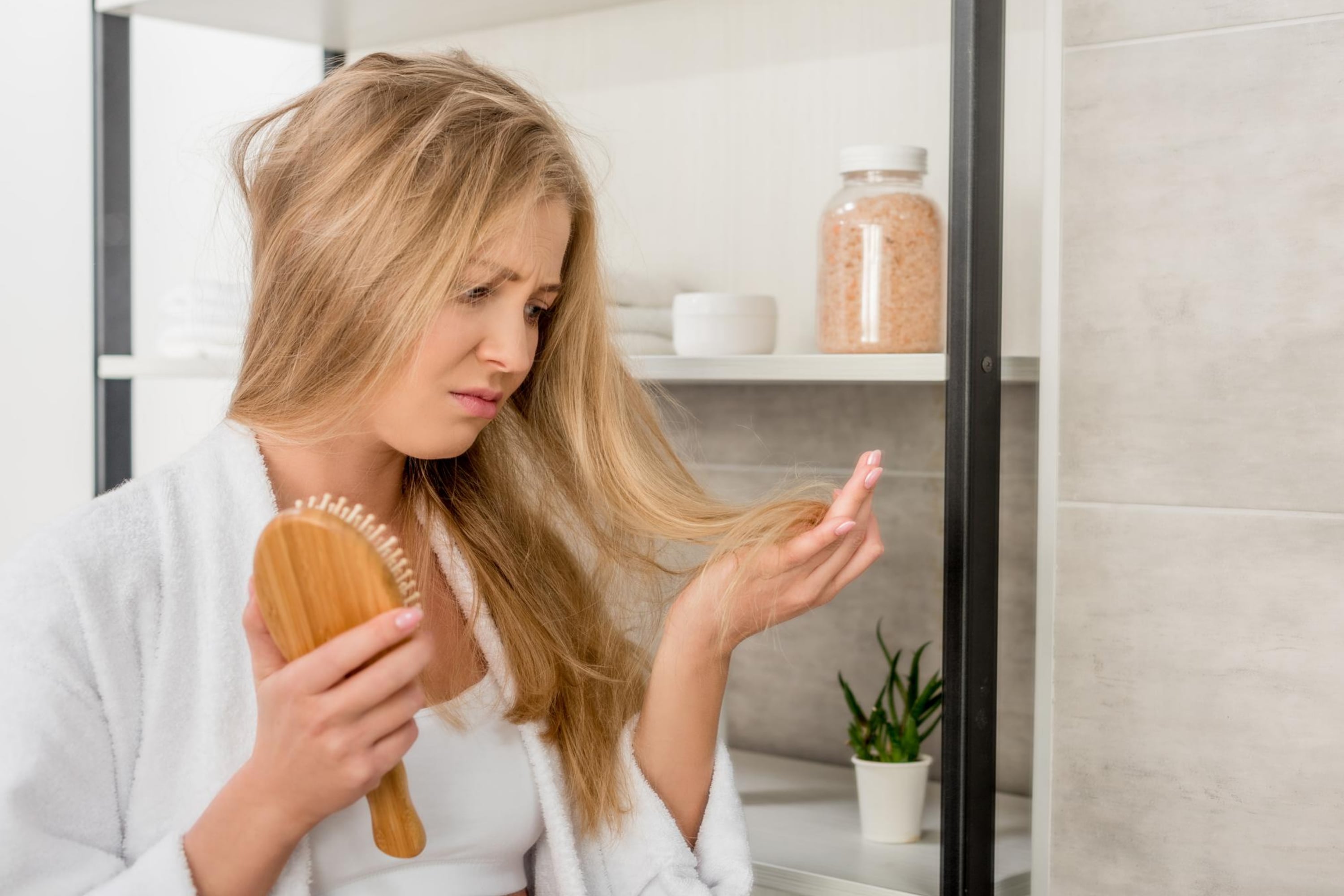
Are roots supposed to be darker than rest of hair? I’ve noticed that my tips are lighter but I never dyed my hair! Is it normal?
Well, in fact, yes, it is. Speaking of hair, bear in mind that roots are naturally a little darker than the rest of the hair. However, roots should not be warmer, meaning that hot roots appear unnatural.
My natural hair color is pretty light so I decided to dye it darker. But now I notice that my roots are getting lighter! How often can you color your roots to not damage them?